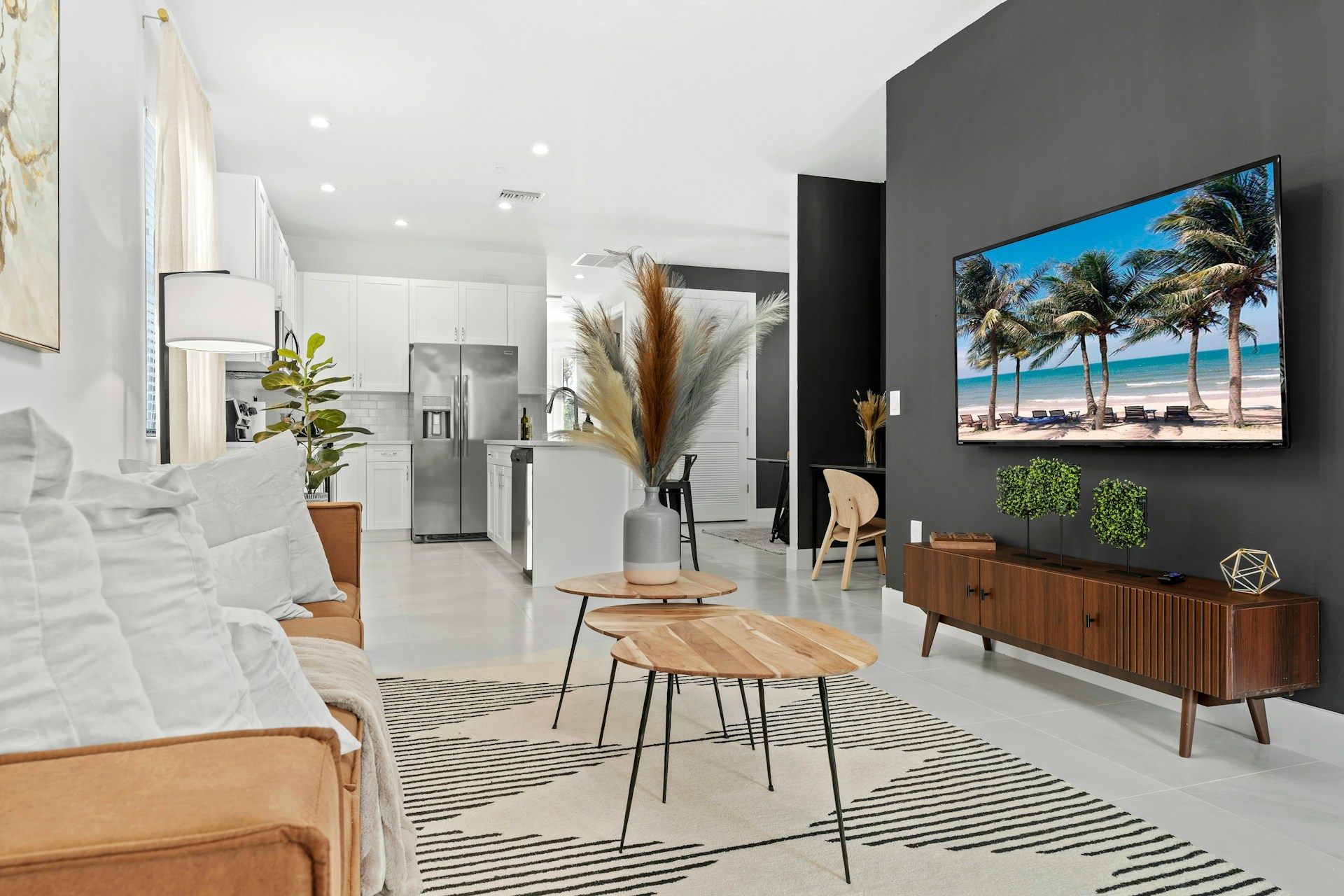Choosing the right colors for your home is essential in creating the perfect atmosphere and enhancing the aesthetics of your space. Colors influence mood, perception, and even the sense of space. Whether you are painting a new home or redecorating your existing space, selecting the right color scheme is crucial. In this guide, we will explore the best tips and strategies to help you choose the perfect colors for every room in your home.
Understand Color Psychology
Colors evoke emotions and set the tone for a space. Here are some common color associations:
-
Blue: Creates a sense of calm and relaxation, perfect for bedrooms and bathrooms.
-
Yellow: Adds warmth and energy, making it ideal for kitchens and dining areas.
-
Green: Symbolizes nature and tranquility, great for living rooms and offices.
-
Red: Stimulates energy and passion, best used in moderation for accents.
-
Neutral tones: Versatile and timeless, including white, beige, and gray, which work in any room
Consider Natural and Artificial Lighting
Lighting affects how colors appear in a space. Rooms with ample natural light can handle darker shades without feeling small or confined. Conversely, rooms with limited natural light benefit from lighter hues to create a sense of openness. Test paint samples at different times of the day to see how they look under changing lighting conditions.

Match Colors with Room Function
Each room serves a different purpose, so choosing a color that complements its function is essential.
-
Living Room: Warm and inviting colors such as beige, light gray, or soft green create a cozy atmosphere.
-
Kitchen: White, yellow, or light blue can brighten the space and make it feel fresh and clean.
-
Bedroom: Soft and calming colors like pastel blues, greens, and lavender help promote relaxation.
-
Bathroom: Crisp whites, soft blues, and light grays give a clean and serene look.
Create a Harmonious Color Palette
Stick to a cohesive color scheme that flows throughout the house. One effective approach is the 60-30-10 rule:
- 60% of the room should be a dominant color (walls and large furniture).
- 30% should be a secondary color (upholstery, curtains, or accent walls).
- 10% should be an accent color (decor, artwork, or small accessories).
Test Paint Samples
Before committing to a color, purchase small paint samples and apply them to different walls in your home. Observe how they look in natural and artificial light and how they interact with your furniture and decor.
Stay Timeless with Neutrals or Go Bold with Accents
If you’re unsure, opt for neutral colors as a base and add bold colors through accessories, accent walls, or furniture. This allows flexibility in updating your decor without a complete repaint.
Stay Timeless with Neutrals or Go Bold with Accents
Browse design magazines, Pinterest, or home decor websites for color inspiration. Many paint brands also offer online visualizers to help you see how colors will look in a room before painting.
Selecting the right colors for your home is a blend of science and personal preference. By understanding color psychology, considering lighting, and testing samples, you can create a space that feels welcoming and harmonious. Take your time, experiment with shades, and most importantly, choose colors that make you feel happy and comfortable in your home.





1 Comment
Your comment is awaiting moderation.
aTYU bmvELZ dOON wTa aYu eFjujyb
Vel quod autem aut quisquam. qui minima ut sit et. Et amet pariatur provident omnis. Voluptas enim esse repellat qui id. Inventore quo molestias eum velit praesentium. dolor est qui quibusdam voluptatibus. Est tempore delectus. expedita dolor necessitatibus illum Odit quia quibusdam quia sapiente Reprehenderit quisquam animi suscipit libero voluptas alias omnis. aut voluptatem mollitia quam aut dolorem. Minima qui culpa sapiente. Quidem corporis dolore omnis sunt eum. Omnis similique laudantium saepe dolorum velit odit.